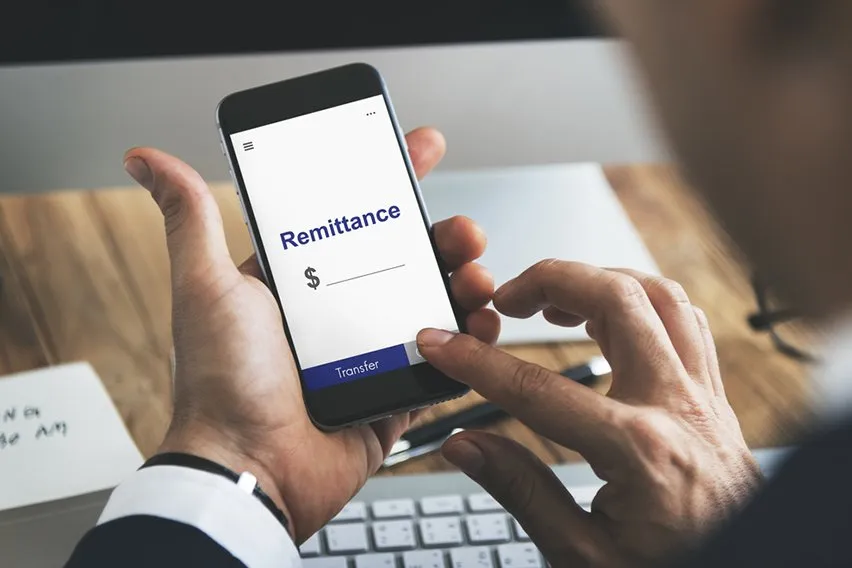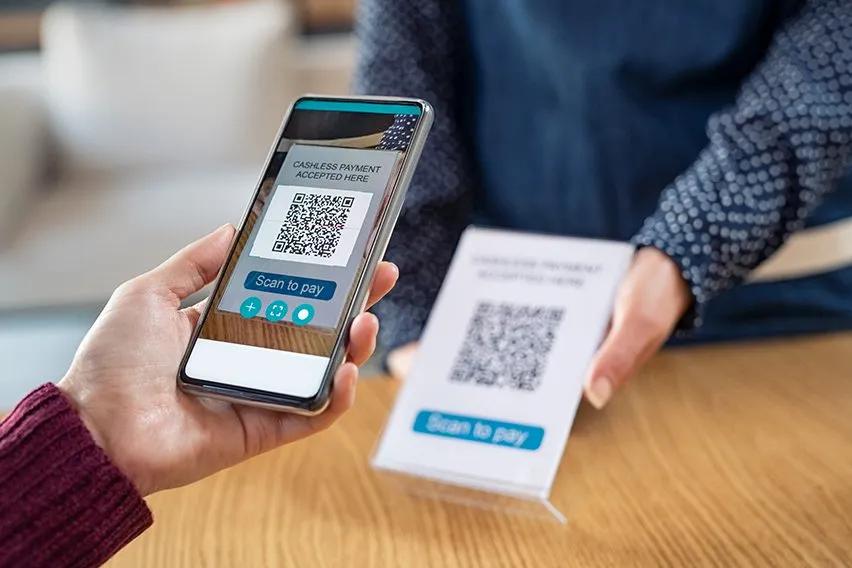What Is Remittance & Remittance Advice? Explained

Sending money to others is a common thing. We do it through many different payment methods. Whether it’s an online payment, or money sent to a bank by wire transfer, money is constantly moving. As such, there are plenty of financial terms that you may not know. Today we’re going to break down remittance and remittance advice. You may have seen these terms in the past. Learn what they mean today!
Here’s What We’ll Cover:
What Is Remittance?
The root of the word remittance is ‘remit,’ which means to send or to send back. The remittance itself is the money sent. It’s a solely financial term and is most commonly used to describe international money transfers. While it tends to refer to international wire transfers, however, it is also applied to payments in the healthcare industry.
You can send remittances in a number of ways. Depending on the money transfer services used, you can send them to family and friends or to businesses. Electronic money transfers are used to send digital remittances, for example. We will look at some examples of remittance and how they are sent below.

More Remittances Are Being Sent Recently
The current flow of remittances is higher than usual. There are several factors that contribute to this. The first factor is migration. Migrant remittances are sent by migrant workers frequently.
The money that a foreign worker earns in the country that they’ve migrated to is often sent back home to family. Because it is easier to move around the world now, recipients of remittances are more commonplace.
The other factor that contributes to growth in remittances is globalization. Many money transfer services serve solely to send money from business to business. Through business invoices and remittances, you can send money from business to business on a global scale.
The other factor that contributes to growth in remittances is globalization. Many money transfer services serve solely to send money from business to business. Through and remittances, money can be sent from business to business on a global scale.
Money can be sent from country to country, allowing goods to be sent to and from foreign countries. A domestic product no longer has to stay domestic. It can be exported with ease thanks to international remittances. This allows host countries to send remittances to recipient countries.
Without an easy way to send money to source countries, much of the global economy that we enjoy wouldn’t be possible. This helps ease an economic crisis while improving international relations.
Payment Methods Used to Send Remittances
There are several common money transfer providers used to send remittances. They’re available for sending money from person to person, as well as to businesses. Thus, the remittance industry is seeing more attention.
- Check: The check is one of the oldest ways to send a remittance. Checks are slow, but they do provide a thorough paper trail for personal money transfers.
- ACH: This is the Automated Clearing House. It’s essentially a check, but as an electronic payment method. Money comes from the sender’s account and goes into the account of the remittance recipient.
- Credit Card: The credit card is another payment method used in remittance transfers. Moreover, they’re one of the most convenient methods available. Unfortunately, they have high fees and spending limits.
- Wire Transfer: This is one of the oldest forms of remittance transfers. It’s what inspired the ACH and the electronic funds transfer. Money is sent from one account to another through a wire. They don’t have limits.
- Electronic Funds Transfer: EFTs are the same as ACH and wire transfer payments, but done entirely with digital technology. This makes them fast and reliable. Plus, they tend to have low transfer costs.
What is Remittance Advice?
Remittance advice slips are often provided with payments to the recipients. They are a document informing them of their completed invoice payment. Many customers send remittance advice slips alongside their payments. Some sellers send a remittance advice letter with their invoices, as well. The customer can then return them once completed.
When transferring money, it’s not mandatory to send remittance slips, as well. However, they can be used by both customers and businesses for record-keeping. Thanks to remittance growth, they let people maintain relationships and a steady flow of communication.

Standard Components of Remittance Advice
When sending remittance slips, there are some key pieces of information that should be present. They’re listed below.
- An invoice number for the remittance advice letter
- The amount of the payment being invoiced
- How the payment was made
- Name and address of the sender
- Name and address of the recipient
- The date that payment was sent and when the payment will be completed
There are no standard methods for sending remittance advice. However, electronic remittance advice is the most convenient method. Most commonly remittance advice is sent via email.
Key Takeaways
If you’re sending or receiving a payment, then you’ve taken part in the remittance process. A remittance is any payment that is sent, and the information sent alongside it is known as remittance advice.
The two terms seem intimidating at first, but they’re fairly easy to understand. If you’d like to learn more about financial terms, be sure to visit our resource hub! We have plenty of information and articles listed there!
RELATED ARTICLES

 6 Best Mobile Payment Apps Right Now
6 Best Mobile Payment Apps Right Now NFC Payments: Everything You Need to Know About
NFC Payments: Everything You Need to Know About BACS Vs CHAPS: What’s the Difference?
BACS Vs CHAPS: What’s the Difference? Cash Vs Credit: Which Should You Use?
Cash Vs Credit: Which Should You Use? What Are Interchange Fees & Its Calculation?
What Are Interchange Fees & Its Calculation? What Is Petty Cash? How to Set Up & Manage It
What Is Petty Cash? How to Set Up & Manage It